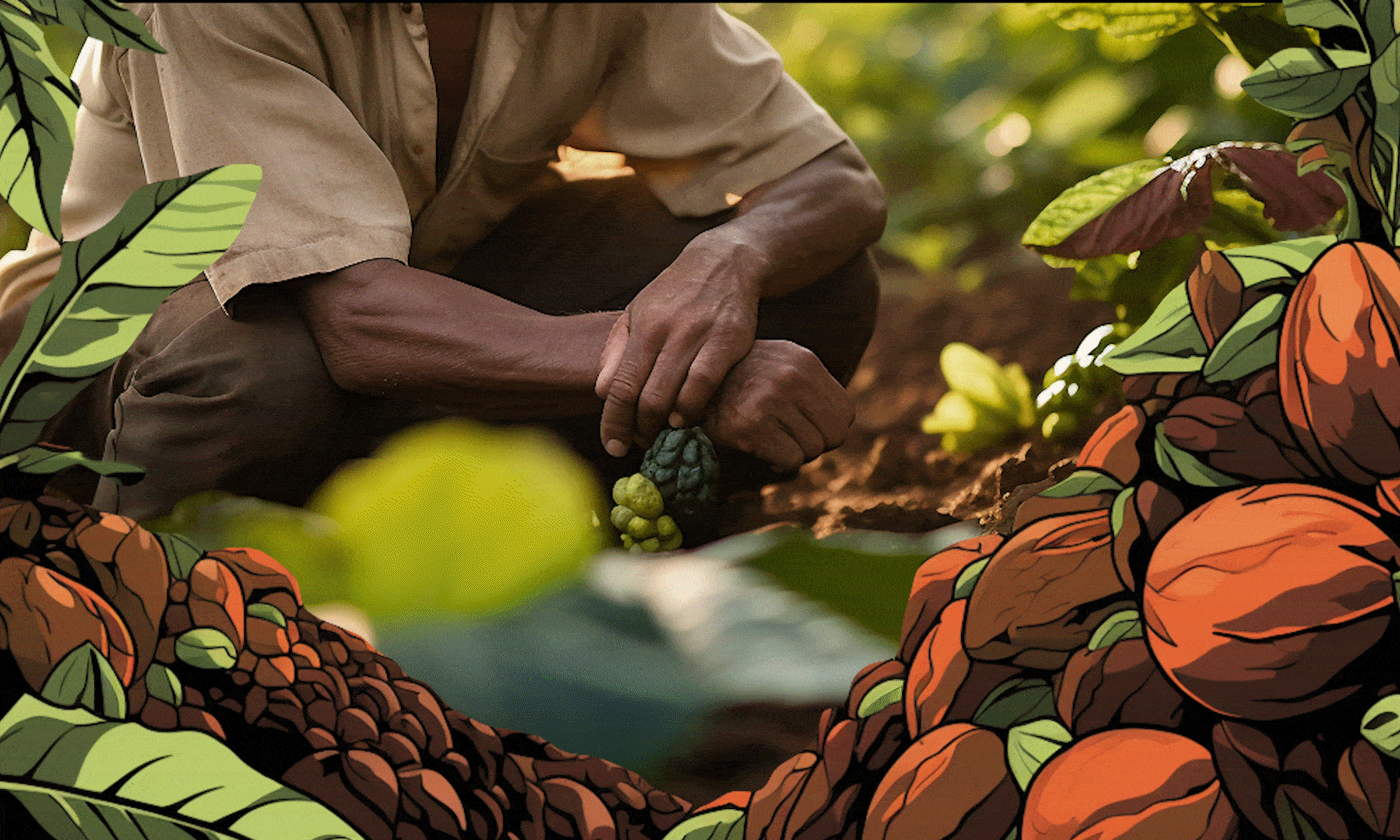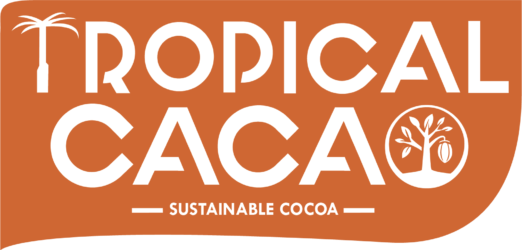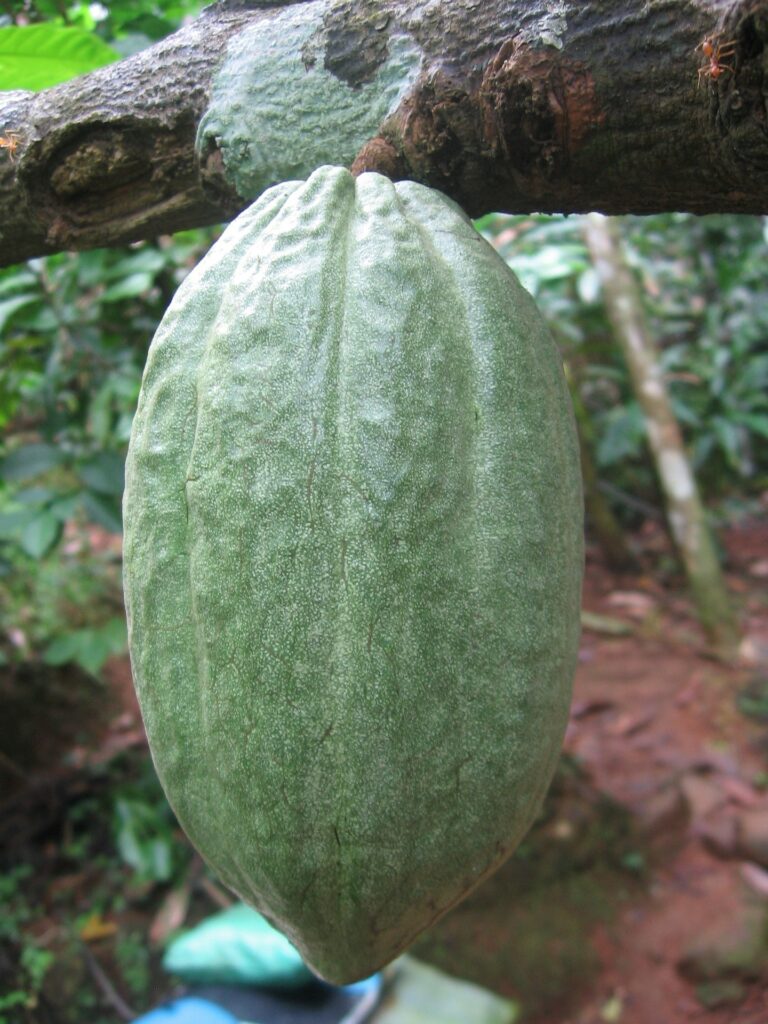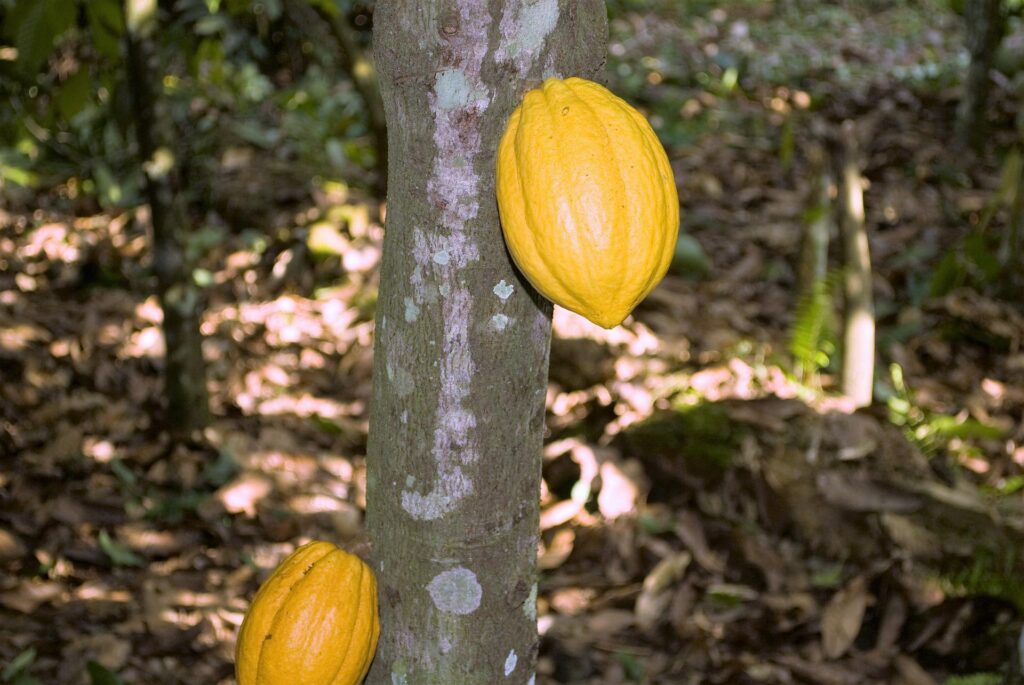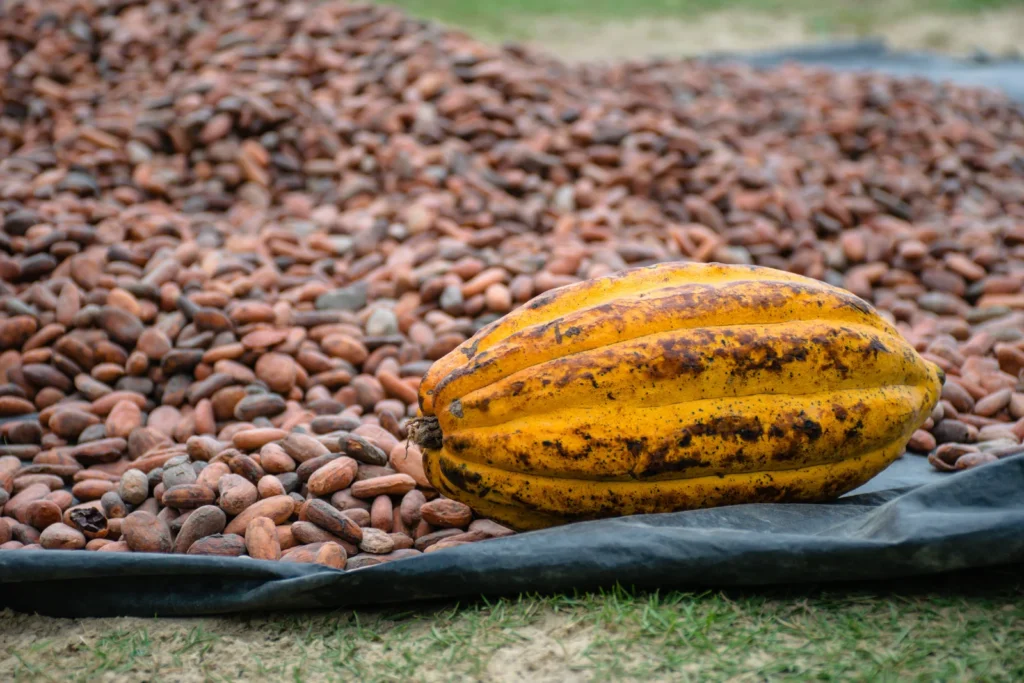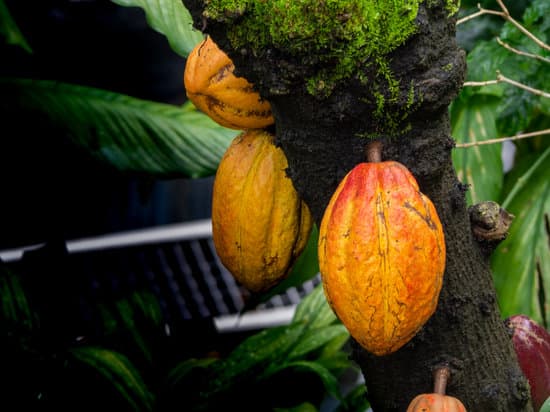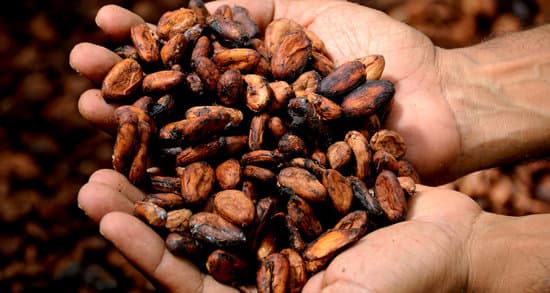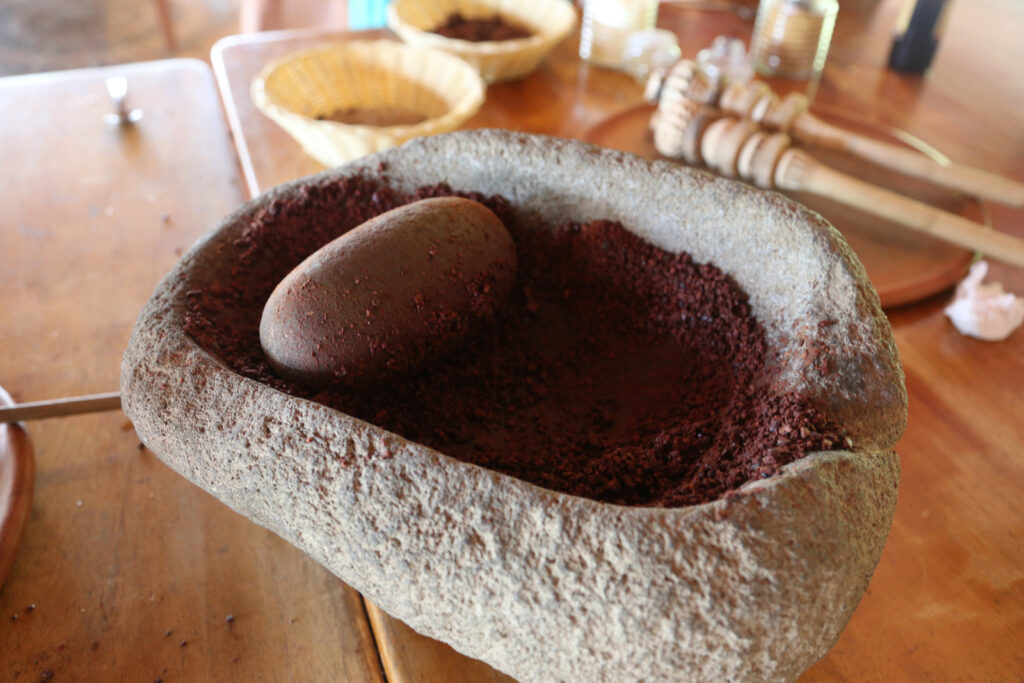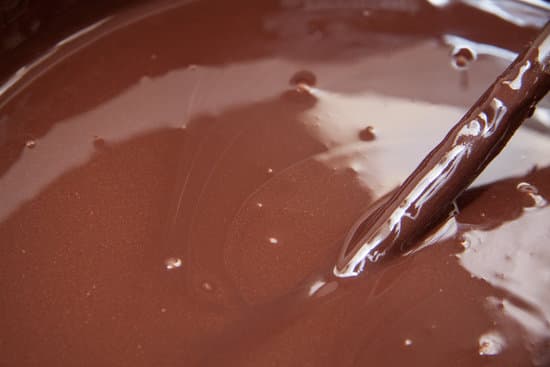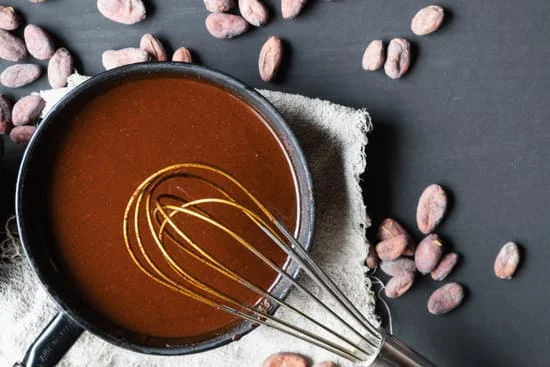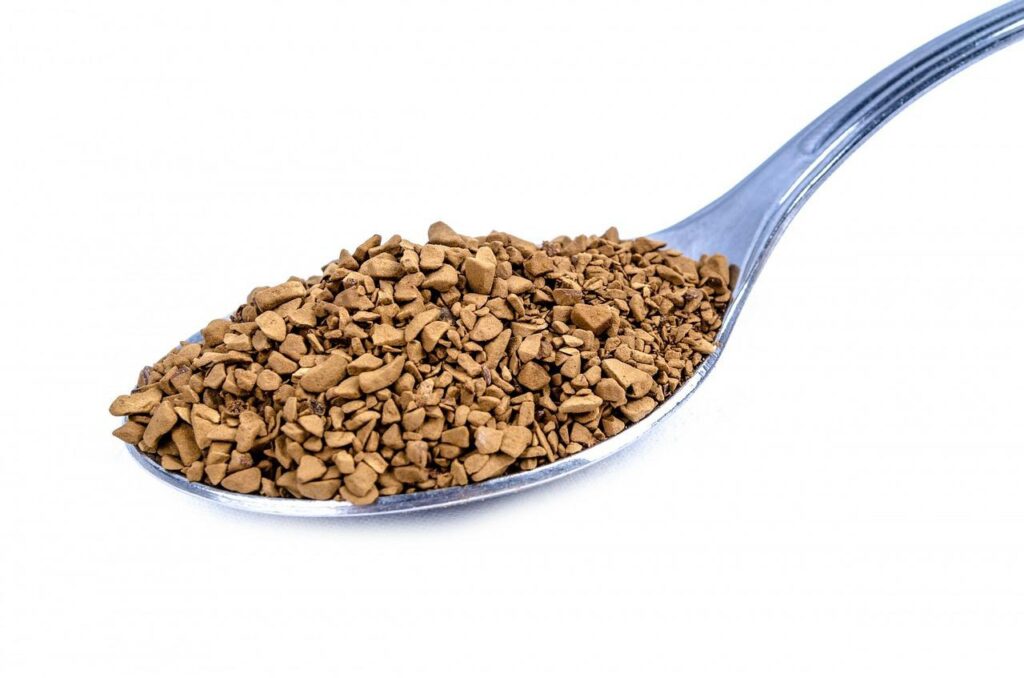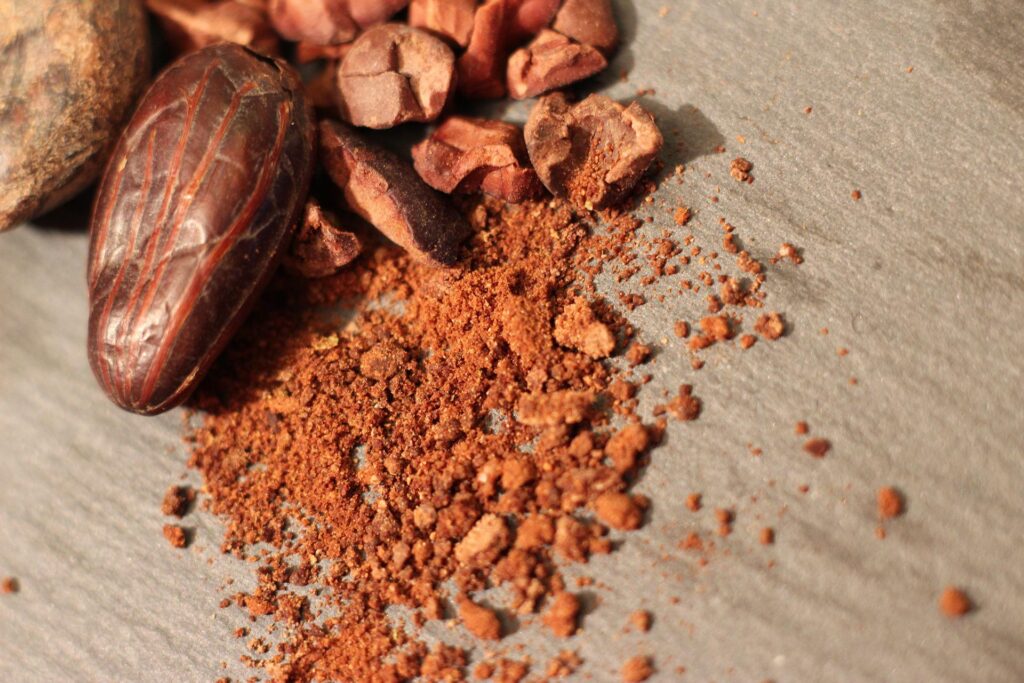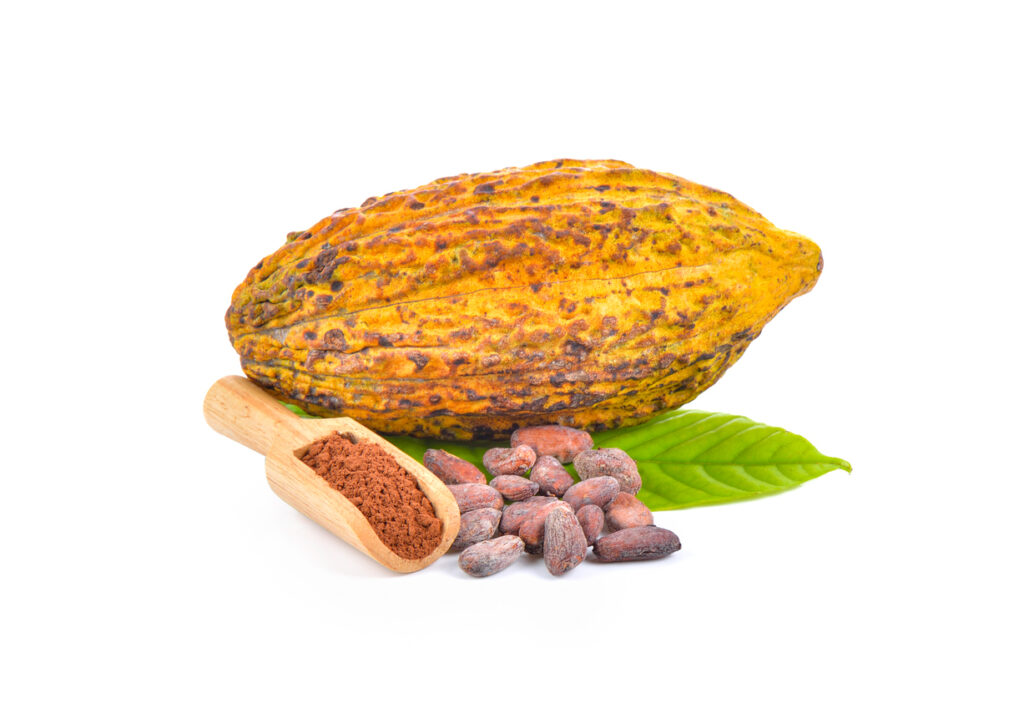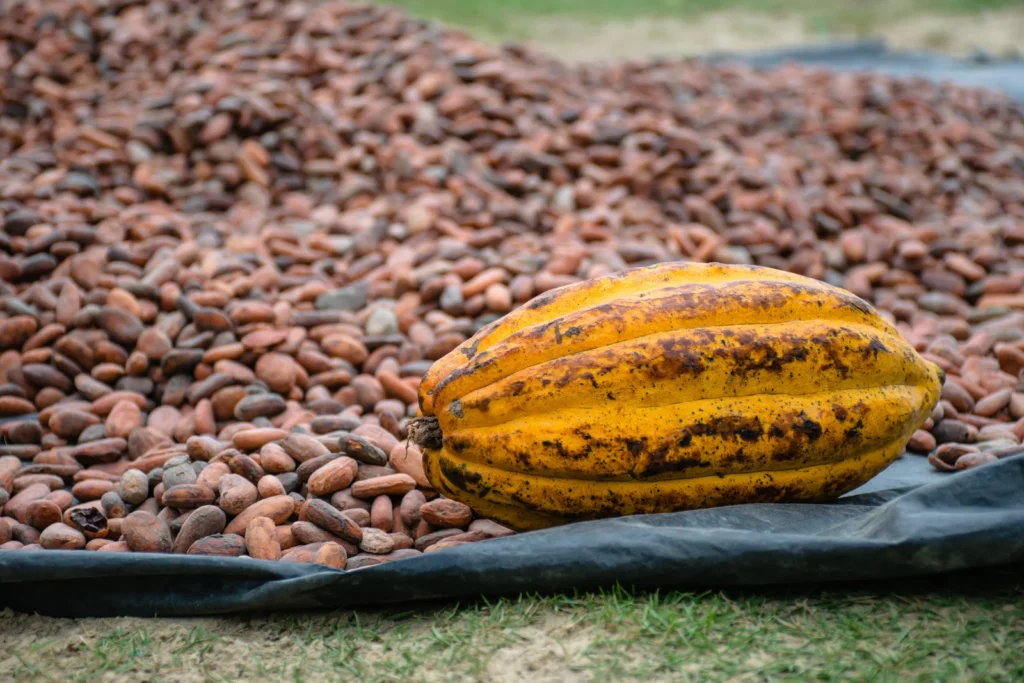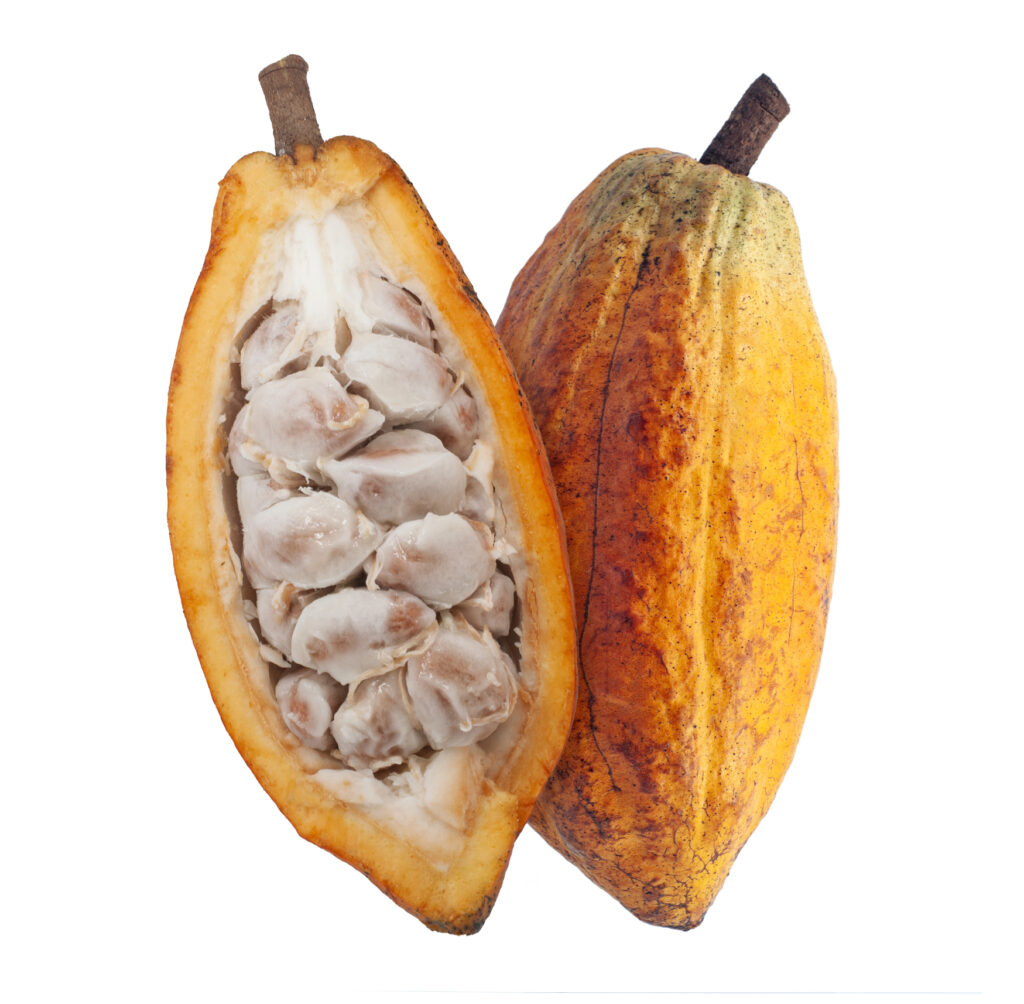Modern Practices for a Thriving Future 🌱
In today’s evolving agricultural landscape, sustainable cocoa cultivation stands as a beacon of innovation and environmental stewardship. This comprehensive guide explores cutting-edge practices that are revolutionizing how we grow and maintain cacao trees while preserving our planet’s precious resources.
The Foundation of Sustainable Cocoa Farming 🌳
Agroforestry Systems
Modern sustainable cocoa cultivation thrives on the principle of working with nature, not against it. Successful agroforestry systems include:
- Diverse shade trees providing natural canopy
- Companion plants supporting soil health
- Indigenous species maintaining local biodiversity
- Strategic spacing optimizing sunlight and resources
Soil Management Excellence 🌿
The heart of sustainable cocoa farming lies in maintaining healthy soil:
- Natural composting systems
- Cover crop rotation
- Organic matter management
- Biological pest control methods
Innovative Sustainable Practices
Water Conservation Techniques 💧
Modern sustainable farms employ sophisticated water management:
- Drip irrigation systems
- Rainwater harvesting
- Soil moisture monitoring
- Drought-resistant varietals
Natural Pest Management 🐞
Effective organic pest control strategies include:
- Beneficial insect cultivation
- Natural predator encouragement
- Botanical pesticides
- Regular monitoring systems
Economic Sustainability
Value-Added Processing 📈
Creating sustainable value chains through:
- On-site fermentation facilities
- Quality control systems
- Direct trade relationships
- Premium market access
Certification Programs 🏆
Key sustainability certifications including:
- Organic certification
- Rainforest Alliance
- Fairtrade
- UTZ standards
Technology Integration
Smart Farming Solutions 📱
Modern sustainable farms leverage technology:
- IoT soil sensors
- Weather monitoring systems
- Harvest tracking apps
- Blockchain traceability
Community Impact
Social Sustainability 👥
Building stronger farming communities through:
- Education programs
- Women’s empowerment initiatives
- Youth engagement
- Fair labor practices
Environmental Benefits
Climate Change Mitigation 🌍
Sustainable practices contributing to:
- Carbon sequestration
- Biodiversity preservation
- Watershed protection
- Ecosystem restoration
Implementation Guide
Getting Started
Step-by-step approach to sustainable conversion:
- Soil assessment and improvement
- Biodiversity integration
- Water management systems
- Organic certification preparation
Measuring Success
Key performance indicators:
- Yield metrics
- Soil health markers
- Biodiversity indices
- Economic sustainability measures
Future Outlook
Innovation Pipeline 🔬
Emerging trends in sustainable cultivation:
- Genetic preservation
- Climate-resilient varieties
- Precision agriculture
- Biocontrol advances
Conclusion
Sustainable cocoa cultivation represents not just an environmental choice but a strategic business decision. By implementing these practices, farmers can ensure long-term viability while contributing to global sustainability goals.
[Ready to transform your cocoa farm? Explore our sustainable farming resources and expert consultation services.]
Keywords: sustainable cocoa farming, organic cacao cultivation, agroforestry systems, environmental sustainability, natural pest management, water conservation, smart farming, biodiversity, climate-resilient agriculture
